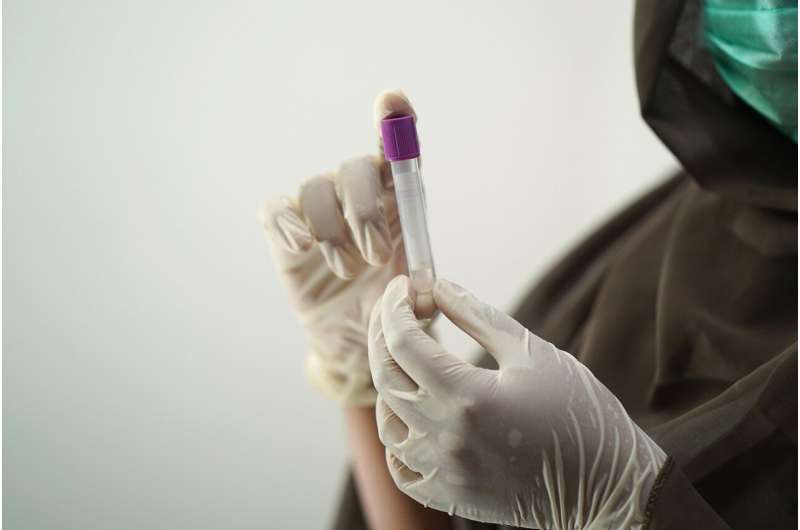New Blood Test Can Predict Severe Liver Disease Risk

A simple blood test developed by researchers can predict the risk of severe liver disease, enabling earlier diagnosis and intervention in primary care settings. The CORE model uses routine blood parameters to assess long-term liver health risk with high accuracy.
A groundbreaking study by researchers at Karolinska Institutet demonstrates that a simple blood test can effectively forecast the likelihood of developing severe liver conditions, such as cirrhosis and liver cancer. Published in The BMJ, this research highlights a new predictive tool that could transform early detection efforts in primary care settings. The study utilized routine blood parameters, including age, sex, and liver enzyme levels (AST, ALT, GGT), to develop the CORE model, which has shown promising accuracy in assessing long-term risk.
This risk assessment method is based on data from over 480,000 individuals in Stockholm, monitored over up to 30 years. The findings reveal that approximately 1.5% of these participants developed serious liver diseases or required liver transplants, emphasizing the critical need for early detection.
The CORE model, which outperforms traditional methods like FIB-4, correctly identified future cases of severe liver disease in 88% of instances. It has been validated across diverse populations in Finland and the UK, indicating its broad applicability. A user-friendly, web-based calculator for healthcare professionals is now available, aiming to facilitate early screening in primary care, where most patients initially seek treatment.
According to Dr. Hagström, early detection is crucial since liver diseases are on the rise and have poor outcomes if diagnosed late. The new tool could allow for timely interventions, including drug treatments, which are now accessible for high-risk individuals. The researchers suggest that integration with medical records will enhance clinical use, and further testing is needed for high-risk groups like those with diabetes or obesity.
This advancement offers hope for more effective management of liver health, potentially reducing the burden of liver cirrhosis and cancer worldwide.
Stay Updated with Mia's Feed
Get the latest health & wellness insights delivered straight to your inbox.
Related Articles
Significant Rise in Appendiceal Cancer Rates Among Younger Generations
A recent U.S. study reveals a quadrupling of appendix cancer rates among Millennials and Generation X, highlighting the need for increased research and awareness of this rare disease.
Kroger Issues Recall of Pasta Salads in 30 States Due to Listeria Risk
Kroger has recalled pasta salads sold across 30 states due to potential Listeria contamination. Consumers are advised to return the products for safety reasons. Learn more about this urgent food safety issue.
Georgia Faces Challenges with Medicaid Work Requirements and System Efficiency
Georgia's Medicaid work requirement program faces significant challenges, including high costs and accessibility issues, highlighting broader concerns about the effectiveness of such policies nationwide.



